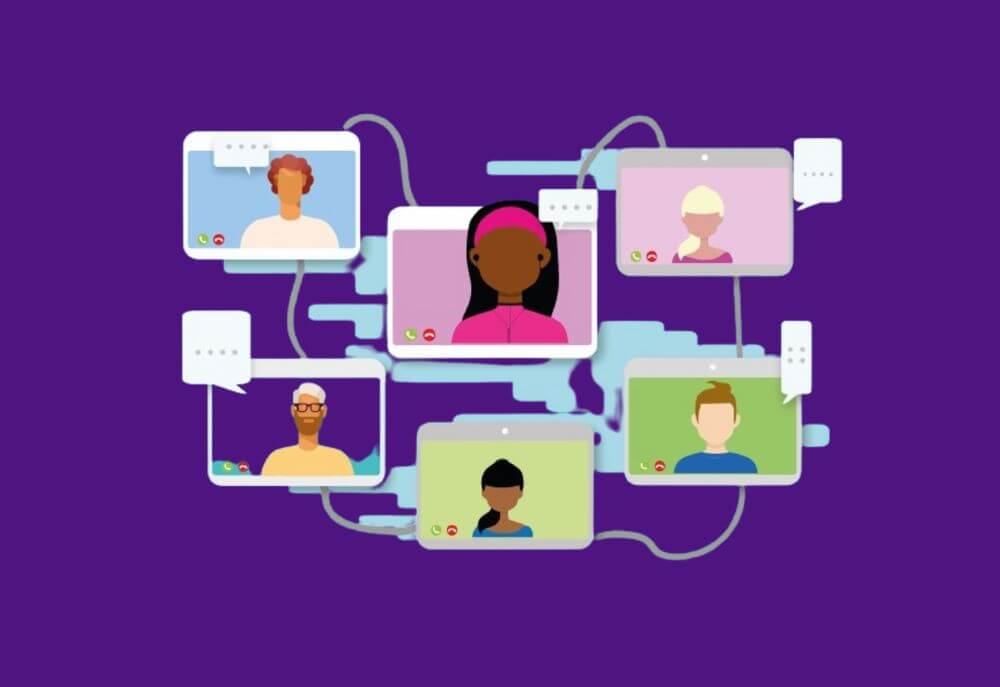The term culture fit has become a staple in conversations about hiring, team building, and the overall company culture of successful organizations. Hiring for culture fit means ensuring that new hires not only have the technical skills required but also share values and beliefs that align with the company’s core mission. But what does this actually mean, and how can organizations avoid the common pitfalls when focusing on culture fit?
In this article, we’ll explore the concept of culture fit, including its definition, history, potential biases, and how it plays into building a cohesive and productive team. We’ll also look into some best practices for integrating culture fit into the hiring process, while avoiding issues like the infamous “beer test” and homogenous hiring.
Understanding Culture Fit and Its Importance
At its core, culture fit refers to how well a prospective employee aligns with the existing values, practices, and working styles of a company. It’s about more than just fitting into an existing mold; it’s about ensuring that the new hire will thrive within the organization’s culture, contribute positively to the team, and support the company’s mission.
The idea behind hiring for culture fit is simple: when employees feel that their beliefs, work ethics, and values align with those of the organization, they’re more likely to be happy, engaged, and productive. They are also more likely to stay with the company, reducing employee turnover and ensuring long-term loyalty.
For instance, a company that values transparency, teamwork, and continuous learning will seek candidates who naturally exhibit these traits. If new hires resonate with the company culture, they’re likely to foster a positive work environment and work more effectively with their colleagues, leading to a cohesive team atmosphere.
The History and Evolution of Culture Fit
The concept of culture fit originated in the 1980s, when companies started recognizing that hiring based solely on technical skills wasn’t sufficient for building strong teams. It was initially thought that aligning an employee’s personality and values with those of the company would make them more attached to their job, work harder, and stay longer.
Researchers like Lauren Rivera and Jennifer Chatman conducted studies on person-organization fit to explore how individual values aligned with organizational goals. However, the early approach to culture fit often led to unintended consequences, like homogeneity and biased hiring practices.
This is where the challenge lies: ensuring that culture fit does not devolve into hiring people who look, think, and act the same. As the hiring process evolved, companies started moving towards the idea of “culture add” — hiring people who bring different perspectives and skills to enhance, rather than just fit into, the existing culture.
The Bias Behind the “Beer Test”
One of the biggest pitfalls of hiring for culture fit is the unconscious bias that can creep in during the interview process. The so-called “beer test” refers to hiring managers choosing candidates based on whether they’d like to socialize with them — essentially, whether they’d enjoy grabbing a beer together.
While this approach may seem like a good way to gauge likability, it can actually hinder diversity and lead to a narrow, biased view of what makes someone a “best fit.” A better approach is to focus on specific company values and determine whether candidates align with those, rather than relying on subjective impressions. This allows hiring managers to avoid biases and focus on what really matters: whether the candidate can contribute meaningfully to the company’s goals.
Benefits of Hiring for Culture Fit
Hiring people who align with your company culture brings numerous benefits, such as:
- Increased Employee Satisfaction: Employees who feel that they fit well within the company are generally happier and more engaged.
- Higher Productivity: When everyone shares a similar set of values and expectations, collaboration becomes more effective and productivity increases.
- Reduced Turnover: Employees who are a good culture fit are more likely to stay, which reduces hiring costs and helps maintain team cohesion.
- Effective Teamwork: Shared values often lead to smoother teamwork, as colleagues are more likely to understand each other’s motivations and ways of working.
How to Effectively Assess Culture Fit
1. Define Your Company Culture Clearly
Before assessing candidates for culture fit, it’s crucial to have a clear understanding of your own company culture. What are your core values? What behaviors and attitudes are essential for success in your company?
Write down the key elements that define your company culture — such as collaboration, innovation, or accountability — and ensure that these values are shared throughout the organization. This will help hiring managers identify what to look for in potential hires.
2. Structure Your Interviews
One of the most effective ways to assess culture fit is to use structured interviews that include questions specifically designed to understand a candidate’s values and motivations. Examples of questions include:
- “Tell me about a time you had to adapt to significant change. How did you handle it?”
- “What motivates you to work hard, and how do you stay engaged?”
- “How do you handle failure or setbacks?”
These questions help interviewers understand not just whether candidates have the necessary skills, but also how their mindset aligns with the company’s culture.
3. Leverage Cultural Fit Assessments
Cultural fit assessments can be a valuable tool to objectively evaluate whether a candidate will align with your company culture. These assessments can include personality tests, scenario-based questions, and other methods that help quantify cultural compatibility. However, it’s important to use these tools in conjunction with interviews and other forms of evaluation to get a comprehensive understanding of the candidate.
4. Avoid Bias with a Culture-Add Approach
The idea of hiring for culture add instead of a strict culture fit is about welcoming candidates who align with the company’s core values but bring new perspectives and skills that can enhance the culture. This is an important shift that helps avoid creating a homogenous work environment.
For example, if your company values teamwork, hiring someone who has experience in different collaboration models can bring a new dynamic to the team. Diversity-conscious leadership involves not only assessing cultural alignment but also considering how a candidate can contribute to the improvement of others and bring fresh ideas to the table.
Challenges in Assessing Culture Fit
Assessing culture fit is not without its challenges. One of the most significant difficulties is the risk of bias. Since culture fit is subjective, personal preferences can easily influence hiring decisions. It’s essential to be mindful of this and take steps to reduce bias by using standardized processes and involving multiple interviewers in the decision-making process.
Another challenge is understanding the difference between genuine culture fit and simply getting along well with a candidate. Culture fit should not be about hiring someone because they are similar to the rest of the team; instead, it should be about whether they share the same values and are capable of contributing to the company’s mission.
Culture Fit vs. Technical Skills: Finding the Balance
While culture fit is important, it should never come at the cost of technical skills. A candidate may align perfectly with the company culture, but if they lack the skills required to perform the job, they may end up struggling and feeling demotivated. Finding the right balance between culture fit and technical competence is key to building a successful team.
A good approach is to first assess whether a candidate has the required technical skills and then determine if they are a good cultural fit. This way, you ensure that you’re not sacrificing competency for compatibility. Remember, it’s easier to teach someone technical skills than it is to change their values and work style.
Creating a Culture That Welcomes Diversity
A company that emphasizes diversity and inclusion within its culture will naturally attract a wider variety of candidates. To build a culture that welcomes diverse viewpoints, it’s important to make inclusivity a core value and to actively work towards creating an environment where everyone feels comfortable expressing their opinions.
During the hiring process, this can mean expanding recruitment channels to reach diverse talent pools and using methods like blind resume reviews to reduce bias. It’s also crucial to train hiring managers on how to assess culture fit without letting their personal biases influence their decisions.
Continuous Improvement: Evaluating Culture Fit Post-Hire
Hiring for culture fit doesn’t end once the candidate has joined the company. It’s important to continually evaluate whether new hires are adapting well to the company culture and whether they feel engaged and comfortable. Surveys, performance evaluations, and informal check-ins can all provide valuable insights into how well a new hire is fitting in and whether there are any areas for improvement.
Feedback loops are also essential. Regular feedback sessions help employees understand how their behavior aligns with the company culture and give them the opportunity to grow and adapt. This continuous process helps reinforce the desired culture and ensures that employees remain aligned with the company’s mission.
Final Thoughts: The Impact of Culture Fit
When done right, hiring for culture fit can lead to the creation of cohesive teams that share common goals and work effectively towards achieving them. It’s about more than just hiring people who “fit in” — it’s about finding individuals who are committed to the company’s values and are motivated to contribute to its success.
The benefits of hiring for culture fit are numerous: increased productivity, better employee retention, higher morale, and a more positive work environment. However, it’s essential to avoid the traps of bias and homogeneity by taking a balanced approach that also values diversity and unique contributions.
By understanding the concept of culture fit, its history, and how to implement it effectively in the hiring process, companies can build teams that not only perform well but also embody the values that make the organization unique and successful. Whether you’re a hiring manager or someone involved in shaping company culture, recognizing the importance of culture fit can help you create a workplace where everyone feels valued and motivated to do their best work.



